


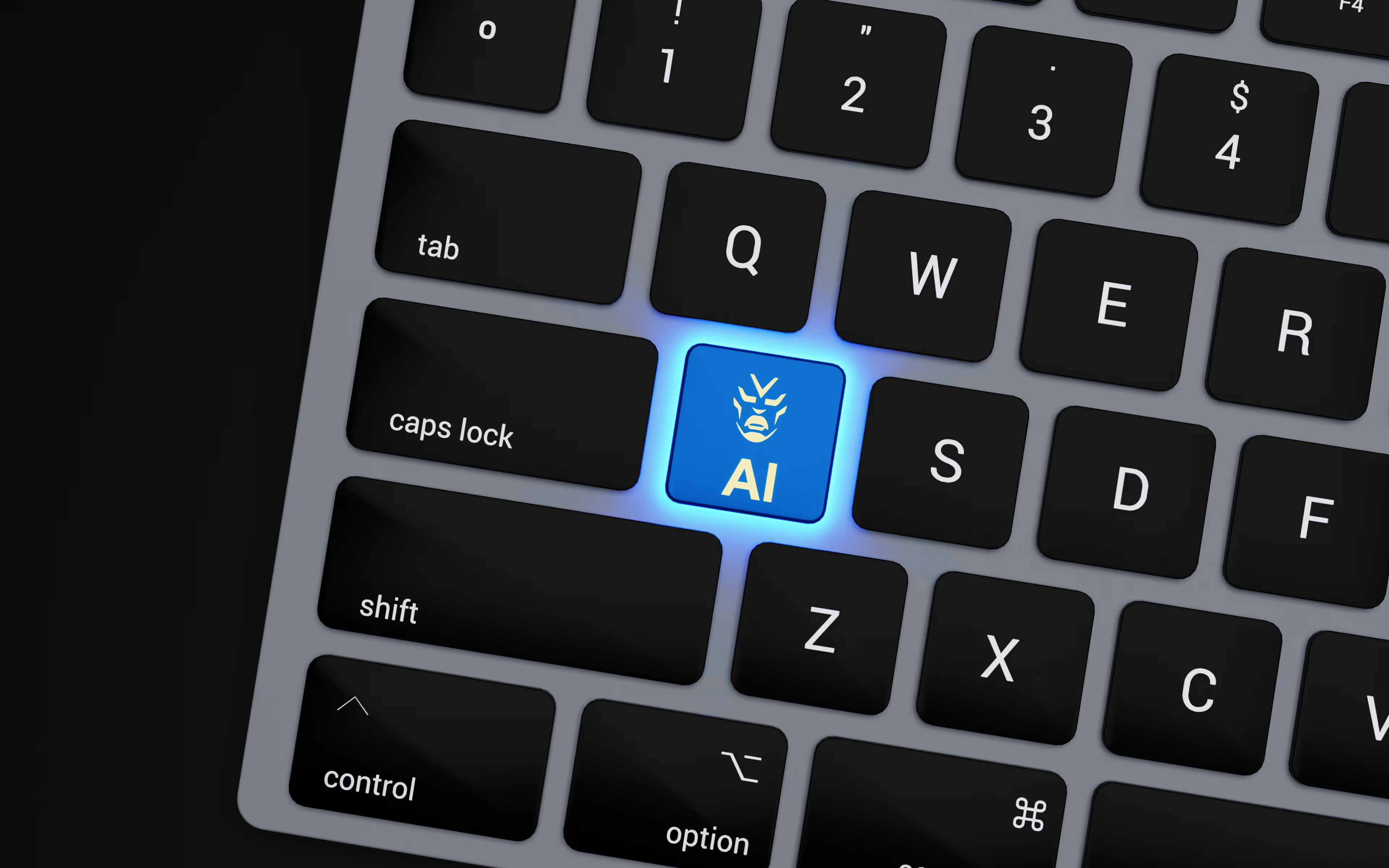
Article published in issue no. 265 of the magazine Programmez!
Simplicité Software is the publisher of the eponymous software solution Simplicité. This platform is designed to help engineers effectively build complex and easily maintainable web applications by placing the data model and business logic at the heart of the design process. (CF. Issue HS7 (spring 2022).
Following the rapid emergence of generative AI models such as Mistral and ChatGPT, the integration of artificial intelligence (AI) in various sectors is now commonplace. In the field of Low-Code, this integration takes place through simplification and automation, generative AI has found its place.
This emergence may, in some respects, question the relevance of Low-Code platforms. But despite the impressive performance of AIs in terms of code generation, it is essential to take into account risks such as errors, security breaches, imprecision and misunderstandings of needs... Not to be overlooked when you are in charge of developing applications that are often the core system of businesses.
But rather than considering AI as a threat, it would be more appropriate to see it as a new development opportunity. Thus, by integrating AI functionalities into existing tools, platforms can expand their possibilities, speed up development processes, and provide more effective support to developers in their specific codes!
In the more restricted and secure environments of low-code platforms, the risks associated with code generation are mitigated through better defined and controlled parameters. That being said, generative AI is a challenge, but also a great opportunity to strengthen the capabilities and effectiveness of low-code platforms.
At Simplicité, two main axes guided our choice of integrations: the support of designers/developers and the expansion of the possibilities for the professions that use the platform.
From a point of view of designer/developer, it aims to optimize the development process by offering them additional tools to speed up their tasks and improve their efficiency. The objective here will be to support and accompany them rather than replace them. It thus allows designers to devote more time to defining needs as well as to the strategic aspects of their projects, while maintaining their central role in decision-making.
It is essential to emphasize that the AI integrated into Simplicité does not operate independently, but rather as a support tool for designers. Our objective is not to become an application driven by AI, but to facilitate these developments in a collaborative way. This approach ensures that human expertise remains at the heart of the development process, with AI acting as a technological partner, helping to accelerate and improve the quality of results.
Concerning the professions/users, AI allows fine customization of the tools already present. One can think of analyzing the data corresponding exactly to the needs expressed or of adding contextualized assistance. This results in better adaptation to specific needs and ultimately increased efficiency.
In a context where market models and needs are rapidly evolving, and where potential new high-performance models are emerging at the speed of AI, it is wise to opt for an agnostic integration approach to major language models. Our objective is therefore an integration that can be adapted as much to the choices as to the needs of customers and to the evolution of the market. Agnosticism is an integral part of Simplicité's DNA.
Currently, Simplicité is focused on two axes of integrating generative AI for makers (developers) within its platform.
Simplicité Software allows developers to quickly create business applications using visual models and declarative business logic. Figure 1.
The integration of AI in the process of defining business applications aims to assist the designer in the expression of his needs in natural language when interacting with a chatbot specialized in modeling object-oriented business applications.
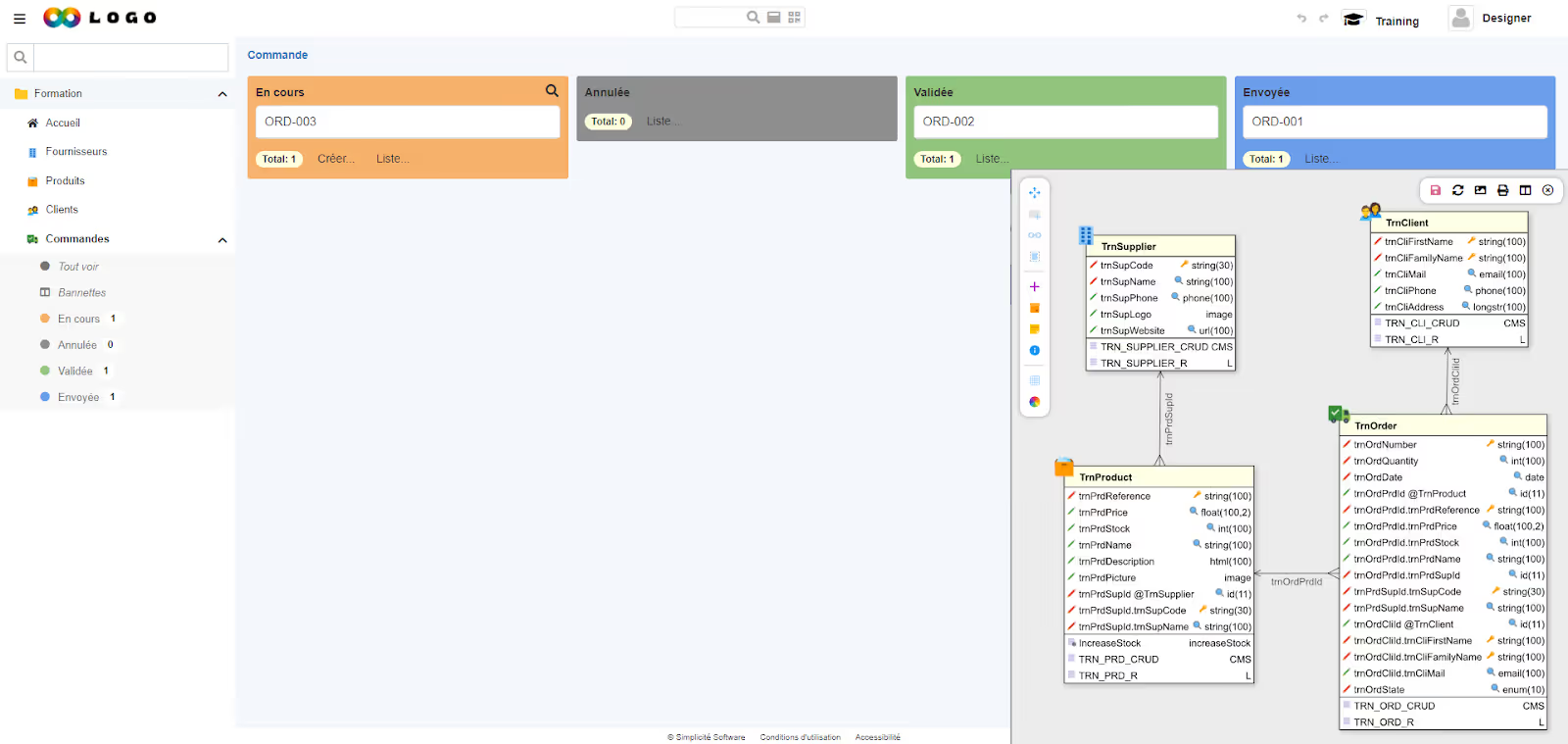
Figure 1. Example of a business model for an order management application.
Once the needs are defined, Simplicité, assisted by AI, proceeds to generate the corresponding application model.
Prompt:
User: I want product order management. It helps organize suppliers, products, customers, and customer orders.
Suppliers
There are various suppliers. Each supplier has a name, a phone number, a logo, and a website.
Products
The app offers a variety of products. Each product has the name, the price, the quantity in stock, a description and an image. The products have suppliers
Customers
Customers are the people who buy the products. You need to know each customer's information, such as their first name, last name, email address, telephone number, and address. In order to stay in contact with its customers and to manage their orders.
Commands
When a customer places an order, the system records all the details of that order: how many units, when the order was placed, and which customer placed the order. The system also tracks the status of the order, for example, whether it is being processed, shipped, or delivered.
An order contains only one product
In summary, this application should help the company manage relationships with suppliers, track product inventory, maintain a customer database, and organize and track customer orders. This makes business operations more efficient and provides better service to customers.
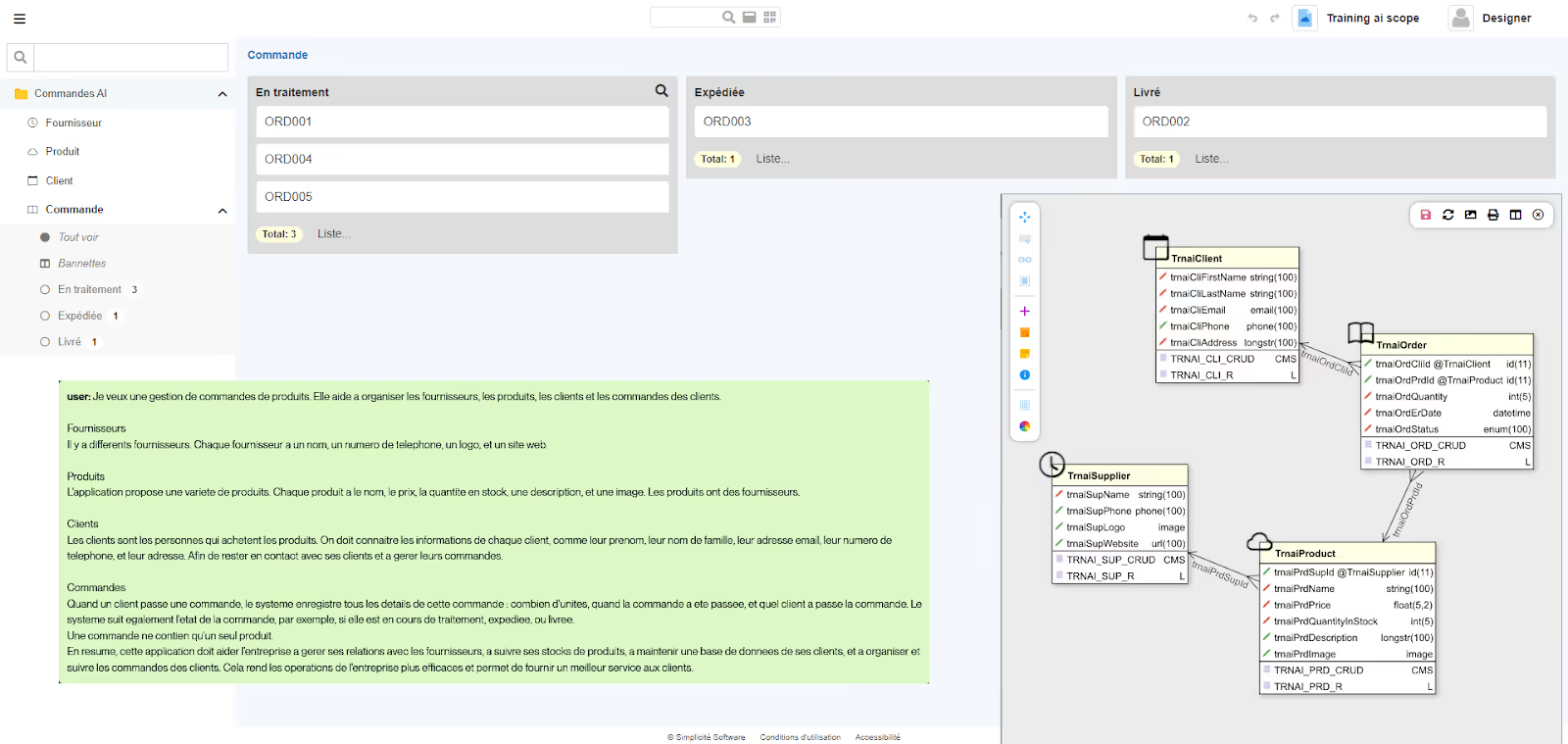
Figure 2. Model generated and result of the real Business application generated using the prompt above.
The generated application, although functional, remains minimal and has default settings, but it offers a base that can later be completed and customized. This auto-generated database saves a significant amount of time compared to traditional modeling within Simplicité. Figure 3.
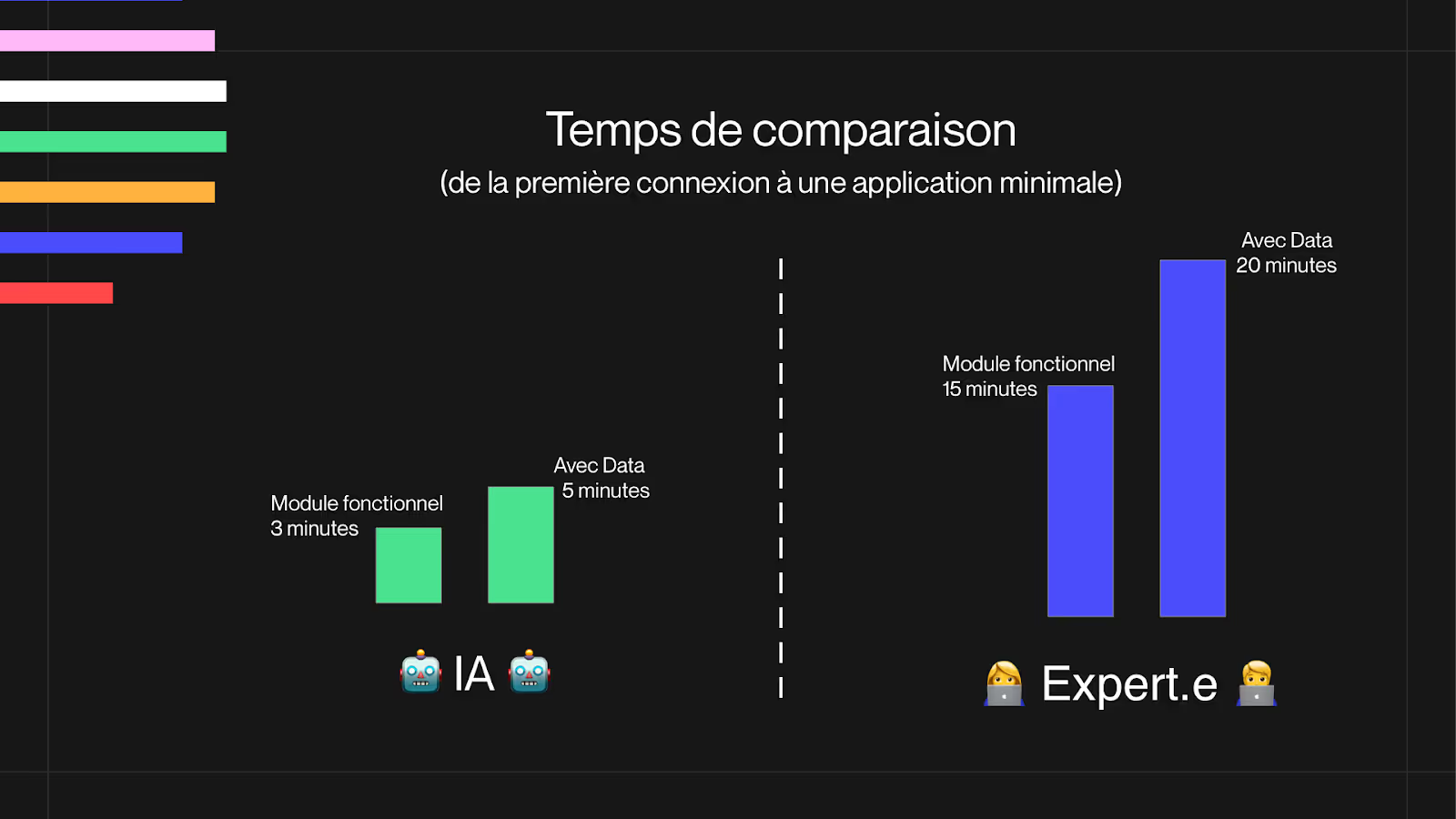
Figure 3. Comparison of the time required to create the same simple application with AI and by a proven Simplicité developer.
This model generation tool can also be used to complete an existing model, the process is similar, but the needs definition chatbot offers a description of the existing application and takes it into account in the dialogue.
In a context of development and testing, creating a large data set for thorough and realistic tests can often be tedious. AI offers a time-saving solution by offering a turnkey approach for generating fictional data adapted to a given model.
Although automatic data generation is already possible without the use of artificial intelligence, it generally requires specific development to be adapted to different business models. The integration of AI treatment brings significant added value by replacing the development stage with the automatic understanding of the model by AI. This simplifies the data generation process by making it more agile and less dependent on deep technical expertise.
The integration of AI at Simplicité for designers opens up many other possibilities that we are studying:
AI can explain code and help optimize and/or correct it, thus improving the quality and efficiency of developments.
While it is already possible to use existing tools via various IDEs, Simplicité includes a code editor that could be increased thanks to the integration of AI, in particular to explain the existing code to a person who would resume the development of an existing module.
For certain specific needs, it is sometimes necessary to develop specific fronts or templates to produce publications. AI could support a developer by offering him a template or specific code corresponding to his needs according to the API and Templating model of Simplicité. This would reduce the time to develop specific code while providing greater freedom to customize.
To simplify the anonymization of the data required for certain data, AI could overcome the difficulties associated with the specific model, it is however necessary to take into account the sovereignty of the data, which would then be shared with the AI since a need for anonymization involves sensitive data.
Simplicité already offers automatically generated technical documentation, it could be completed using AI and in particular in order to make it more accessible to a neophyte.
A specialized model to improve AI responses and increase its possibilities:
1. A specialized language model (LLM) could analyze applications developed on Simplicité, offering recommendations for best practices and identifying possible optimizations.
2. A designer chatbot, powered by a specialized LLM, could assist Simplicité users by answering questions, providing design advice, and helping to resolve technical issues.
Regarding the business, the possibilities of integrating artificial intelligence are multiple and very strongly linked to the specifications of business needs.
For example, Simplicité is developing a tool for generating graphs using AI. This solution allows users to create personalized and contextual visual representations of their data.
Thanks to AI, the platform understands the specific needs of the user and uses the Simplicité API model to generate the JavaScript code needed to create the desired graph. In addition to the predefined charts available in the views. This tool offers the flexibility to respond precisely to unique needs.
In practice, on an ordering application with products and suppliers, Figure 4., the AI diagram tool makes it possible to obtain a graph representing the distribution of orders according to their status and the supplier of the product in a simple sentence.
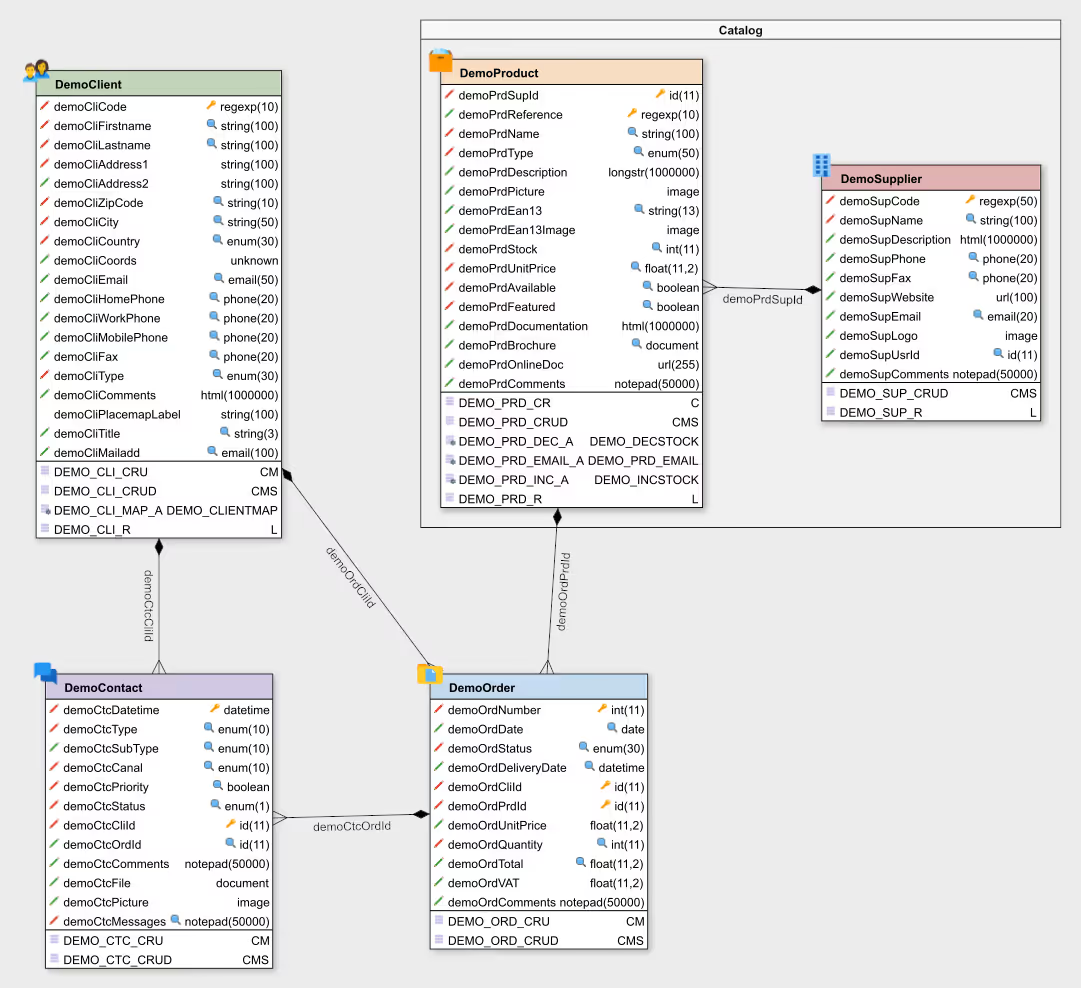
Figure 4. Diagram of the “Demo” control application.
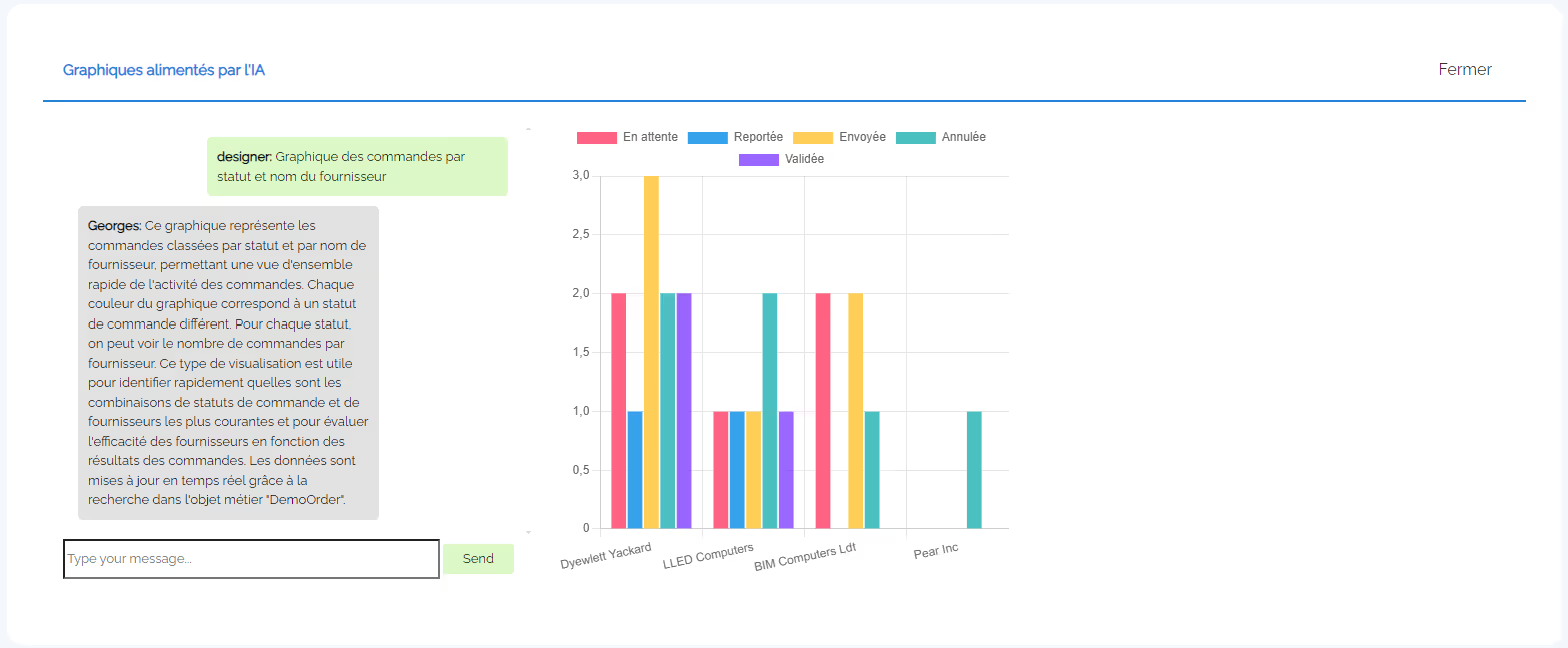
Figure 5. Example of a specific graph following the request “Order graph by status and supplier name”. The predefined graph remains relevant since it instantly offers a stable and secure solution. The aim here is to keep the predefined graphics for frequent needs while offering additional flexibility to the business that may meet more unusual needs in a specific context.
The integration of AI at Simplicité for businesses opens up many other possibilities that we are studying:
Generative AIs represent a major technological advance. However, their reliability remains uncertain due to the phenomenon of hallucinations that can generate erroneous information.
In addition, their energy-intensive operation raises important environmental issues, requiring the development of frugal AI.
In addition, the issue of data security, often hosted on American servers, poses a legal risk that should be managed, as provided for in the European AI Act (adopted in April 2024).
Finally, while some repetitive jobs could be automated, these AIs will not replace human intelligence and should rather lead to an evolution of the developer profession. Thus freeing them up time for tasks with higher added value, this is the raison d'être of Simplicité.
To find out more, you can also watch our dedicated webinar:

